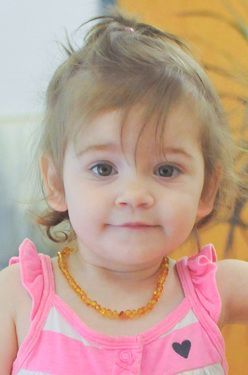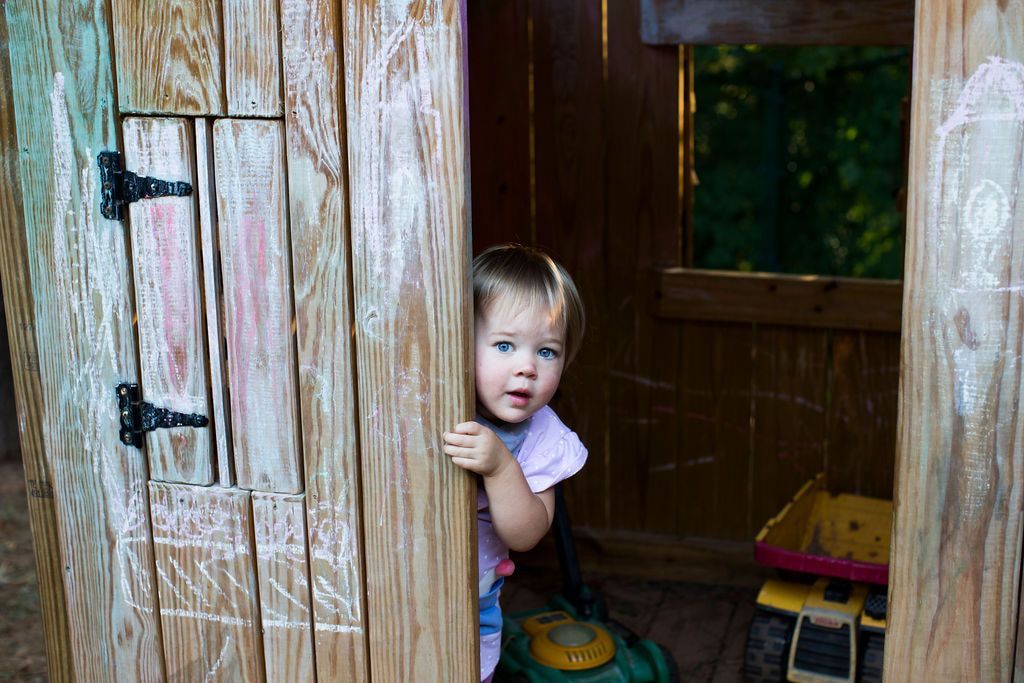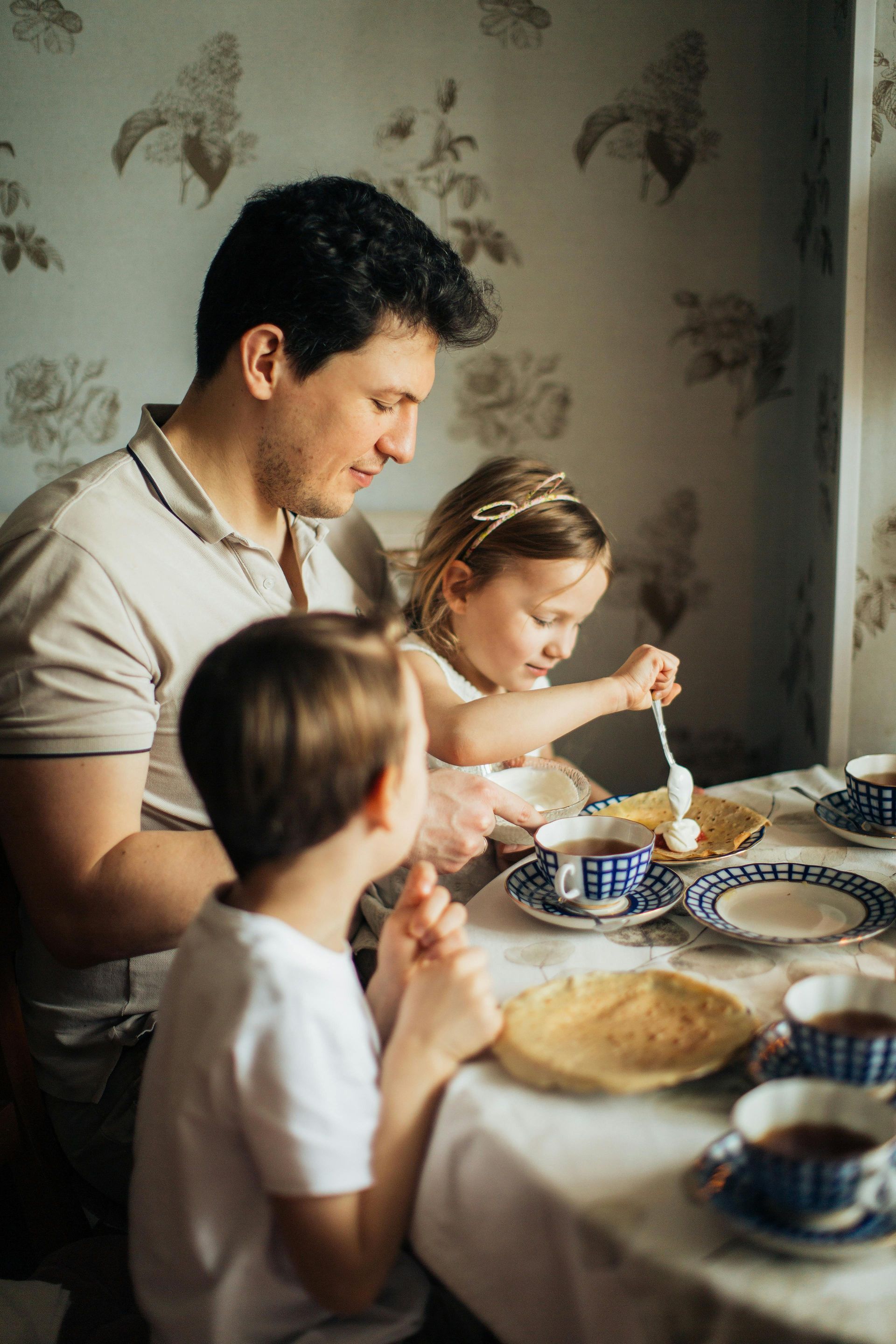

At the beginning of every year I always wonder what the coming months will bring for our toddlers. Having my own children at home I know all too well the saying 'the days are long but the years are short.' Some of our toddlers are alumni from last year, and will be moving on to Primary as they become ready, while others are just starting their Montessori 'career'
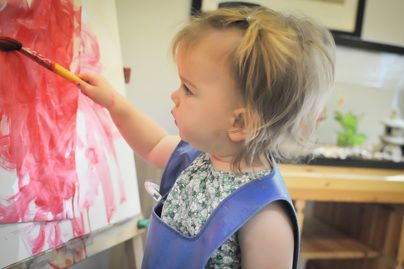
The beauty of the mixed age classroom in Montessori is that each child is recognized for her individual capabilities - not her capabilities measured against a statewide curriculum. The younger children observe and learn from the older ones, and the older ones relish being able to take on the role of leader among their peers. The older children also develop a sense of what it means to care for and help others by helping their friends in class.
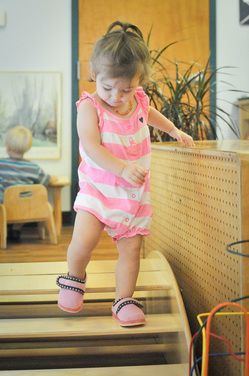
As we all know, toddlers have a strong desire to be independent, but at the same time they need our love, attention, and understanding. They are constantly watching us and as a parent, you are your child's first and most important teacher. When you make a mistake do you beat yourself up - 'I can't believe I did that/that was so stupid/I can't do anything right.' Or, do you pick yourself up and try again - 'That was so frustrating. Next time I'll make sure I have my wallet before I go to the grocery store.'
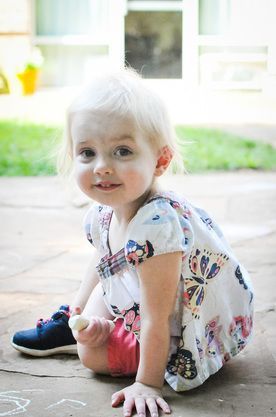
A friendly attitude towards mistakes allows your child the freedom to explore - not only the physical environment but also intellectually. If a child is afraid of making a mistake, often he will not even try. Dr. Montessori said 'teach by teaching, not by correcting.'

While we try to preempt mistakes in the classroom by showing children how to do things independently, inevitably water will spill, paint will get on the wall, someone will push instead of saying 'excuse me'....the list can go on and on....

We take these mistakes and look at them as opportunities for growth. How many times does a baby push up before he can crawl, fall before he can walk. babble before he can talk? The same theory applies for social, emotional, and intellectual development. During the first few day of school I took these pictures with the hope that in May we will all look back and see the enormous growth that has taken place in a few short months. Growth that occurs in so many ways - including through making mistakes.
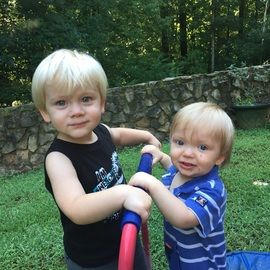
So even though the days can be long and try even the most patient among us, remember these moments are fleeting and try to teach the lesson now, in young childhood, that it's ok to make a mistake. It's how we learn. Here's to a great year of learning and growing!
